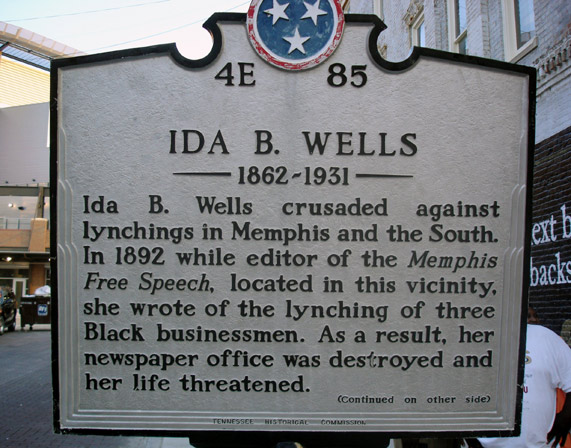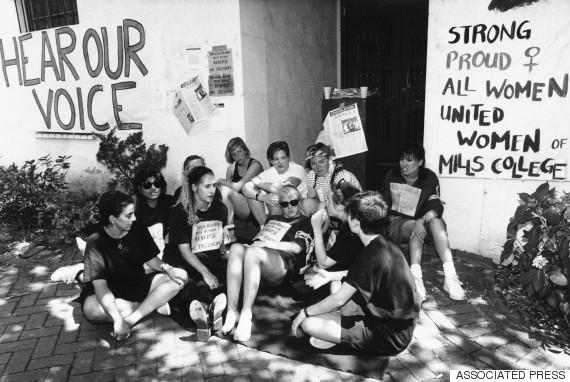July 9, 1867, the first "Ugly Law" was passed by the City of San Francisco as order #783, “To Prohibit Street Begging, and to Restrain Certain Persons from Appearing in Streets and Public Places”. The initial primary purpose had more to do with appearance, prohibiting both the activity of street begging and the appearance in public of “certain persons”, however the laws actually prevented those with physical disabilities from coming out in public.
One of the most famous Ugly Laws came from Chicago 1881 ordinance: “Any person who is diseased, maimed, mutilated, or in any way deformed, so as to be an unsightly or disgusting object, or an improper person to be allowed in or on the streets, highways, thoroughfares, or public places in the city, shall not therein or thereon expose himself or herself to public view, under the penalty of a fine of $1 to $50 for each offense”. (About $1100 in today’s dollars.) If the offending person could not pay, they were sent to the poorhouse.
This may explain the phenomenon of “deformed” persons joining “the freak shows” in a circus. How coincidental that the height of the commercial success of the “freak show” was during the activity of these Ugly Laws. The Ugly Laws did not prohibit these people from being seen in public as entertainment ….. they just could not socialize with the public in restaurants, theaters, libraries, etc. Children and adults with disabilities, even mild ones, were hidden away or sent to asylums.
While immigrants and newly freed blacks became a big target of these laws, women bore the brunt of the Ugly Laws since “proper femininity” was definitive of how women should be. “Columbus, Ohio had an ugly ordinance that included prohibitions on “lewd or lascivious behavior,” “indecent, immodest or filthy acts”….” Women accused of prostitution or even having a child out of wedlock could fall victim to these Ugly Laws, which led to the famous case of Buck vs. Bell in which Justice Oliver Wendell Holmes said “Three generations of imbeciles are enough!” as he sentenced Carrie Buck to involuntary sterilization after she gave birth to a child conceived during a rape.
It was after WW2, when soldiers returned with missing limbs, scars and blindness, that these Ugly Laws began to be challenged, and recognition of the rights of the disabled began to lead the public conversations. But it was not until almost half a century later, on July 26, 1990, that the Americans With Disabilities Act was signed by President Bush.
The last arrest under an Ugly Law was in Omaha Nebraska when a homeless man with multiple scars was arrested. The judge turned him loose by saying although the law was active and enforceable, there was no clear or legal definition of “ugly”, therefore the defendant did not meet the criteria.
Chicago repealed the last Ugly Law on the books in 1974.
Sources:
- https://en.wikipedia.org/wiki/Freak_show
- https://en.wikipedia.org/wiki/Ugly_law#:~:text=Thus%20ugly%20laws%20were%20methods,by%20the%20Panic%20of%201893.
- https://eugenicsarchive.ca/discover/tree/54d39e27f8a0ea4706000009
- NPR
- https://timeline.com/in-the-1800s-there-were-literally-laws-against-being-ugly-and-no-surprise-who-suffered-most-c0b7a26ba8c9
- https://en.wikipedia.org/wiki/Americans_with_Disabilities_Act_of_1990#Final_passage








